Today I was explaining how to find the magic light. The type that makes things look sharp and sparkling. By training, tirial and error you can test out "provoking the light" and see what works the best, and before you know it, it becomes a way of seeing.
I will try to make it short and inspiring. I look for two things, the basic soft light, and then how to make it sparkling by adding edges. Hence, "provoking the light."
Too high contrast to be captured
What the human eye sees and what the camera sees is different. This perhaps is one of the most common problems in photography and one you must simply learn to acknowledge, live with - and then work with. It has limitations, but also possibilities. Unfortunately the camera industry tries to compensate for this physical impossibility by promising all sorts of complicated light metering methods to help you. This of course confuses most people because they buy a camera that promises to take "good pictures", so why doesn't this darn thing do it?
It's a physical limit and is not helped. The only way to deal with it is to start with the right light.
When you see a subject in sunshine with bright colors, the camera sees less dynamic range than your eye. It simply can't capture all the range of light within one photo. If you get the shadow right, the highlight will be blown out white. If you get the sunshine part right, the shadow area will be almost completely black.

It's a nice Kodachrome moment, but it's not the same as the eye saw. Shadow details are much darker in photos than what they eye saw. Some of this can lack of dynamic range in a camera can be fixed in LIghtroom (as it has been in this image) by increasing shadow details (brightens up shadows) and adding highlight recovery so as to make the two end of the scale meet. Leica M 240 with Leica 50mm Noctilux-M ASPH f/0.95.
However, the good thing is that the camera sees and records things with more contrast than the human eye. So when something looks very dark and dull to the eye, the camera sees interesting contrast.
The eye doesn't change exposure time, a camera does. The eye could be said to have a shutter time of 1/13 second. A typical camera can adjust it from 2 seconds to 1/2000. Where the eye sees darkness, the camera extends the exposure time to make it look like daylight. Where the eye sees too much sunshine (and you take on sunglasses), the camera limits the exposure to have normal daylight.
This may not be entirely correct, but it gives a concept of how the eye sees differently and why you may take good pictures in almost any condition.
Just not high contrast within the same frame.
Further, the eye scans a landscape for details and somehow the brain processes an image. The eye adjusts further for contrast when doing this so as to compose one image with all shadow details and highlight details. The camera only takes one picture.
When it gets really dark, the eye percievse it as dark and low contrast. But the camera percieves it as daylight with sparkling highlights and shadows; and all within it's range of dynamic range.
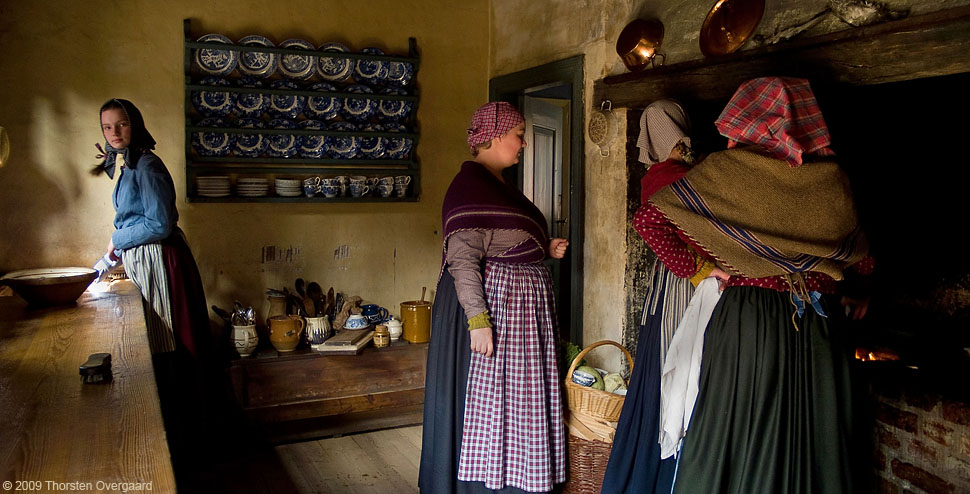
This is essential a low light photo. For the eye it is a dark room. For the camera it becomes a room with almost daylight, with soft tones and highlighted edges that defines a lot of details.
How to make a good picture
What makes a picture sing is sparkling light. Your eye can recognize the conditions as soon as you learn to look for it. Sparkling light in a picture is composed of a base of soft light, and with reflected details such as highlighted edges of leaves, highlight in the micro details such as skin, highlighted edges of hair and so on.
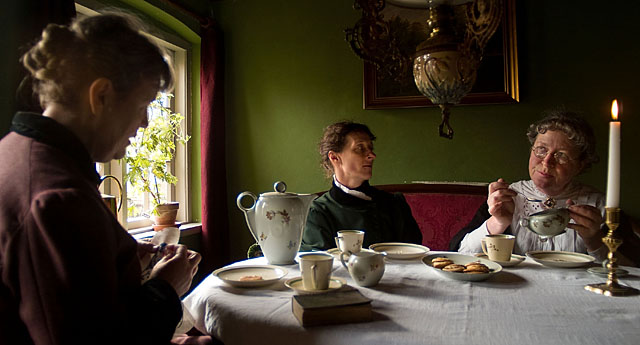
When the human eye looks at a garden with nice green trees and sun and shadows, we sigh and think life is a pleaure.
To capture the same emotion with a camera, you need the whole scene to be in shadow with a limited amount of reflections. Not direct sunshine.
Shadow is a good starting point for a good picture with sparkling light.
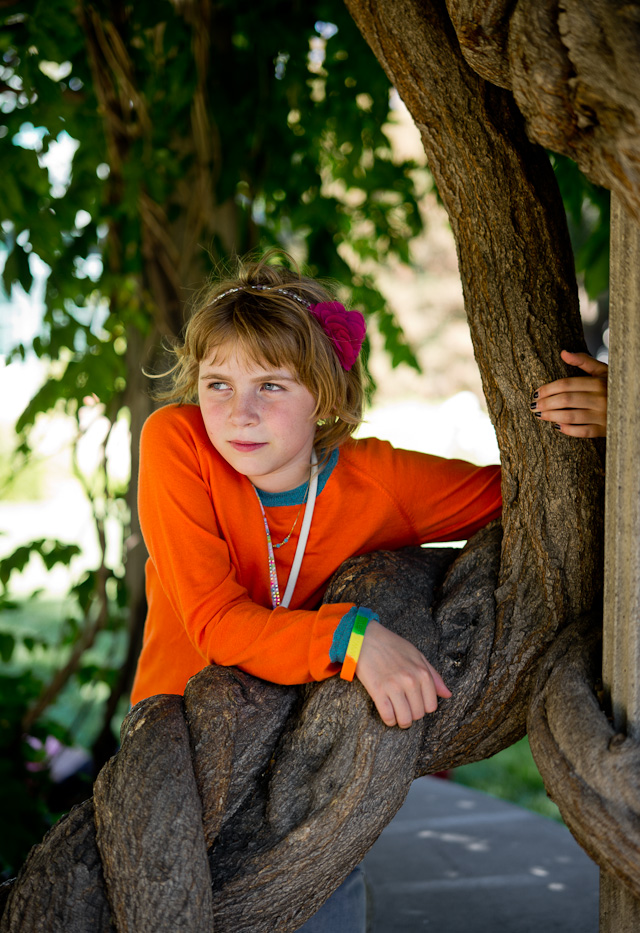
Robin hanging out in LA. Leica M 240 with Leica 50mm APO-Summicron-M ASPH f/2.0.
The Basic Light
The right light for photography is basically soft, even light. Often this is daylight (or artificial light from lamps) reflected off from one or more walls that acts as the lightsources to light up this limited frame of life.
Windows with a soft curtain in front, or the sun filtered through a cloudy sky is also a good starting point.
It may look extremely dull to the eye, but it is an excellent starting point because it can be easily captured and will have a broad range of tones for the camera.
To the left below is the basic light where I have the tones from light gray to black in one photo. In real life it actually looks really dull. To the right below I moved so I "provoked" some edges into the scene. That's all I did. I moved my viewpoint so as to capture some highlighted edges.
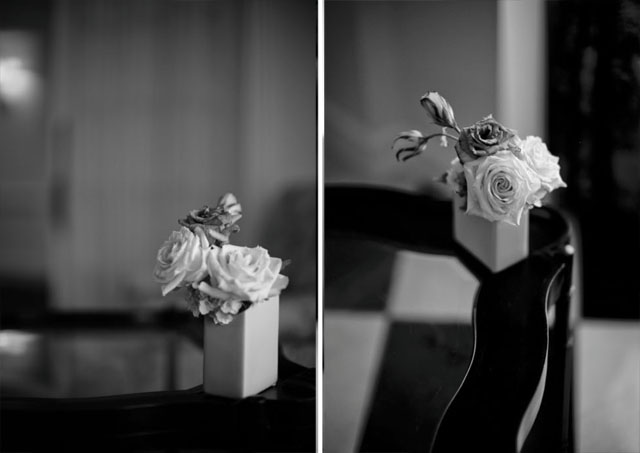
Provoking the Light
The good soft light is the basic condition to capture all the information. Next step is provoking the light by moving to the side around the subject so as to get sparkling edges.
This is so extremely easy to do with any simple subject. I usually say that when a person sees a yellow Ferrari on the street, he or she uses an iPhone to take a snapshot. But if you want to make a photograph, you have to move around the yellow Ferrari to see how the light best reflects from it.
To photograph is to work with light as a painter would with paint.
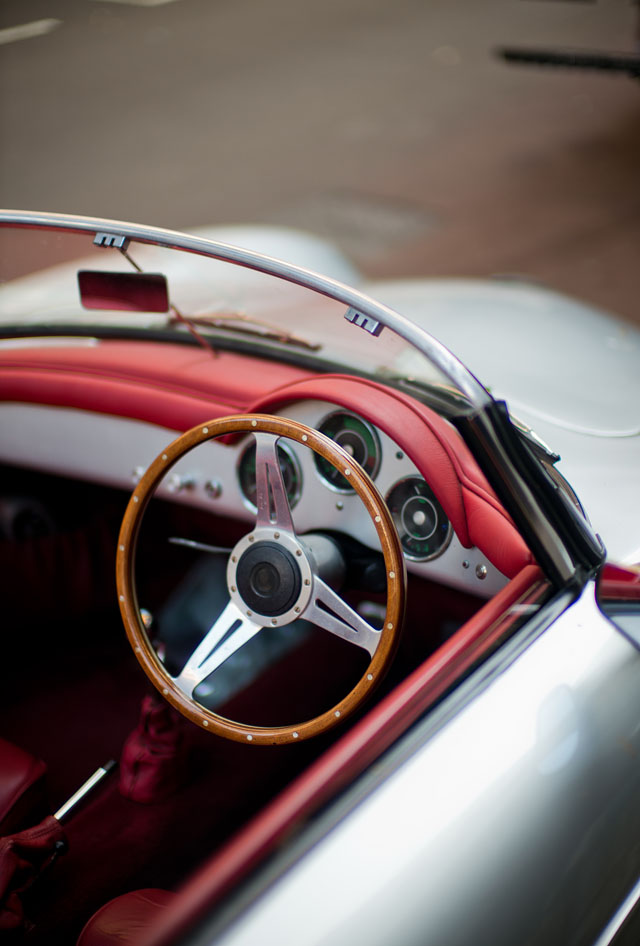
Porsche in shadow in Hong Kong. Leica M 240 with Leica 50mm Noctilux-M ASPH f/0.95.
Sharpness is light
Sharpness is a percieved condition of an image. It is not the exact distance, but the contrast you see. A picture can look really sharp but slightly out of focus when the edges have high contrast and the eye feel it gets a lot of detail information from it.
Likewise, a very sharp image where the focus distance is exact can look blurred because the light is dull.
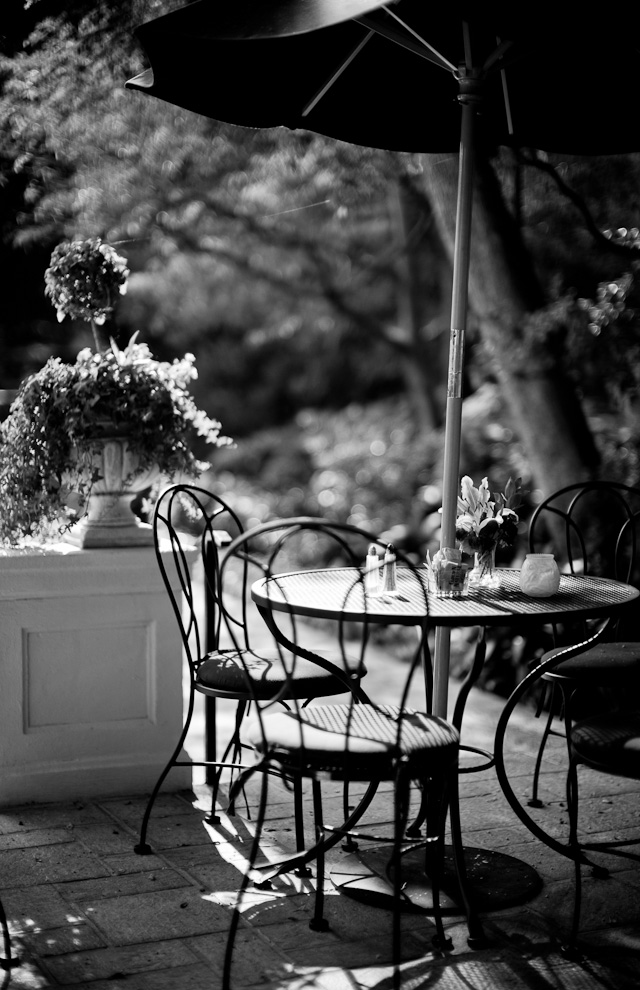
Chateau Elysee in Hollywood. Did you notice where the focus is ... and did it matter? Leica M 240 with Leica 50mm Noctilux-M ASPH f/0.95.
Provoking the light even further
I tend to photograph against the light, so I will usually want to play with a strong background light directly into the lens.
What I tend to see in photographers who have consistently bright colors or very "alive" black and white photos is that they always move around a subject so as to get the light conditions in a special way. Most of us are pretty unaware of what we do, we just move around a subject until it "looks nice" and then take the photo.
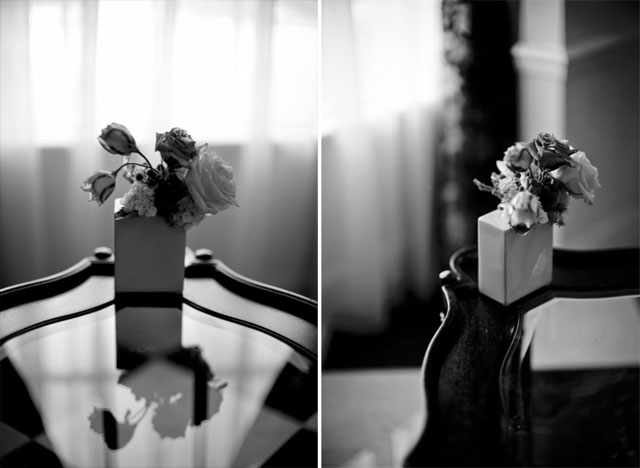
I think we all learn by connecting small bits and parts that work, no matter if it is playing a piano, making pancakes, photographing or writing. Through trial and error we experience that if we do this or that, the overall result becomes better.
Mostly we forget why we do things the way we do, we just do them. But if we analyze how others do things and compare them to how we do them, in detail and step by step, we could see the difference.
That's why when you walk down the street with two different photographers, one will lift the camera and take a photo of the yellow Ferrari when he get's close enought to fill the frame with it. The other ohotographer started planning the picture and walks to the left to capture it. Why did he do that? Because he "intuitively" (through experience from what works) thought it would look better from an angle where the light comes from the side and the background is further away.
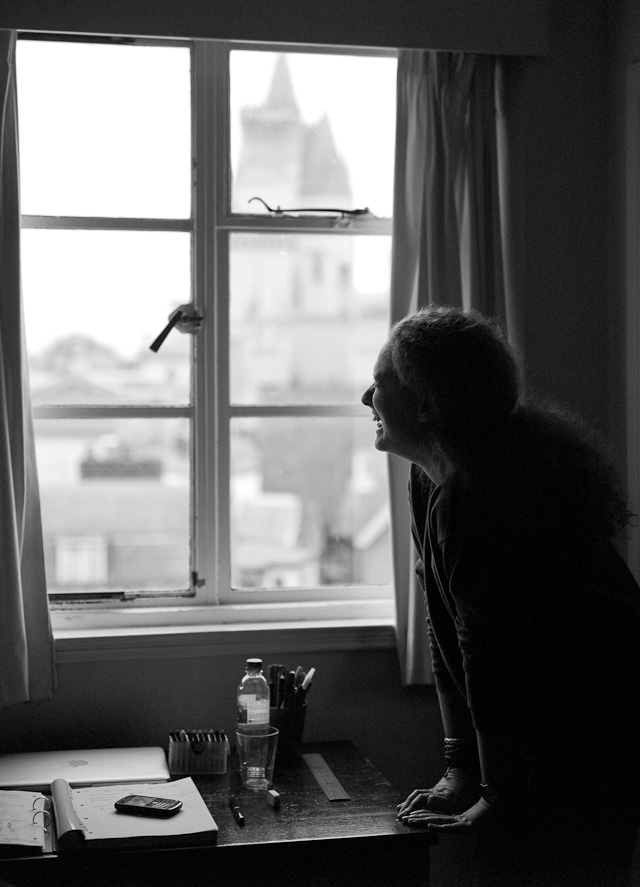
Hannah inside the girls' dormitory at Cambridge University. Leica M Monochrom with Leica 50mm APO-Summicron-M ASPH f/2.0.
This is what becomes "your style" or "your signature". Something others recognize as special but something you just do because that's how you do it.
By training, tirial and error you can test out "provoking the light" and see what works the best, and before you know it, it becomes a way of seeing.
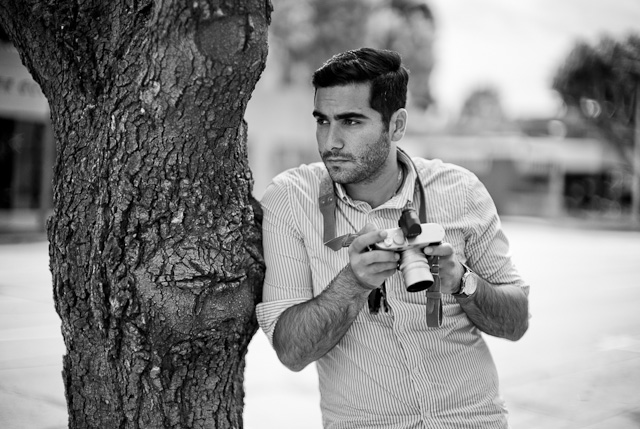
Los Angeles. Leica M 240 with Leica 50mm Noctilux-M ASPH f/0.95.
If you happen to be unaware of how the angle of light affects a picture but simply focused on correct exposure, I hope this will inspire you to explore the possibilities.
It is very easy when you see it and rather complicated to undersand what "magic light" is when you don't notice it. But it is something you can train your eye to do, with or without a camera. Simply look at things and notice how the light conditions make them alive or dead.
Enjoy!
| |
|
|
|
|
| |
Buy the new eBook
"A Little Book on Photography"
by Thorsten von Overgaard |
|
| |
|
|
|
|
| |

Order now - Instant delivery.
More info
★
★
★
★
★
★ |
|
It's a humorous understatement to call this
new eBook by Thorsten Overgaard for
"A Little Book on Photography".
It's a grand book, a history lesson, life experience, a biography and poetry book and brilliant photo book!
All in one beautiful package of 180 pages
to fire you up and get you to love
photography ... unconditionally!
"A Little Book on Photography"
eBook for computer, Kindle and iPad.
New release March 2017.
Intro price only $47 - 180 pages.
| |
|
|
| |
Buy Now

Instant Delivery |
|
| |
|
|

|
|
| |
|
|
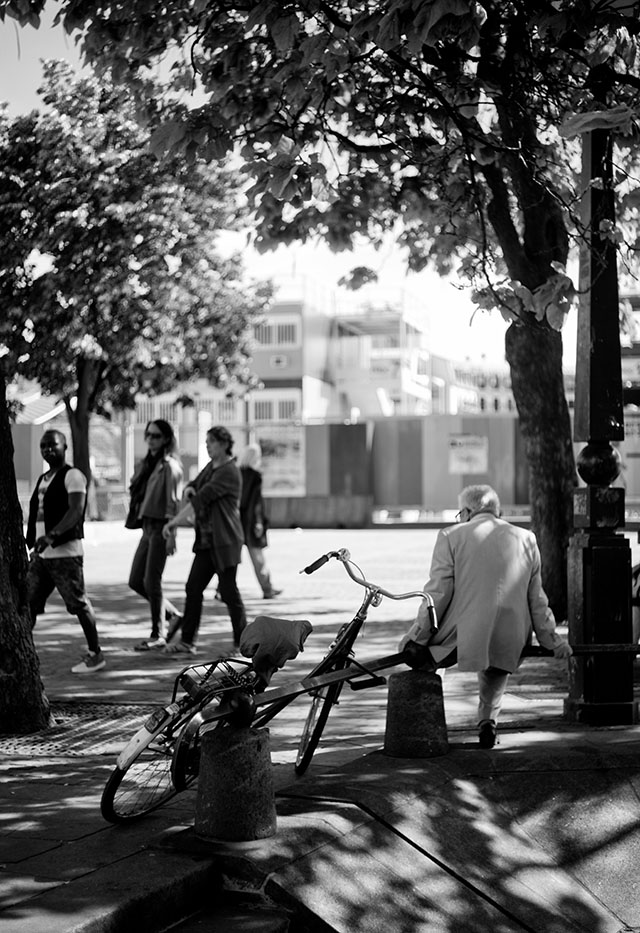
Never to old to hang out on street corners. Paris, May 2014. Leica M 240 with Leica 50mm Summicron-M f/2.0 II.

Advertisement:
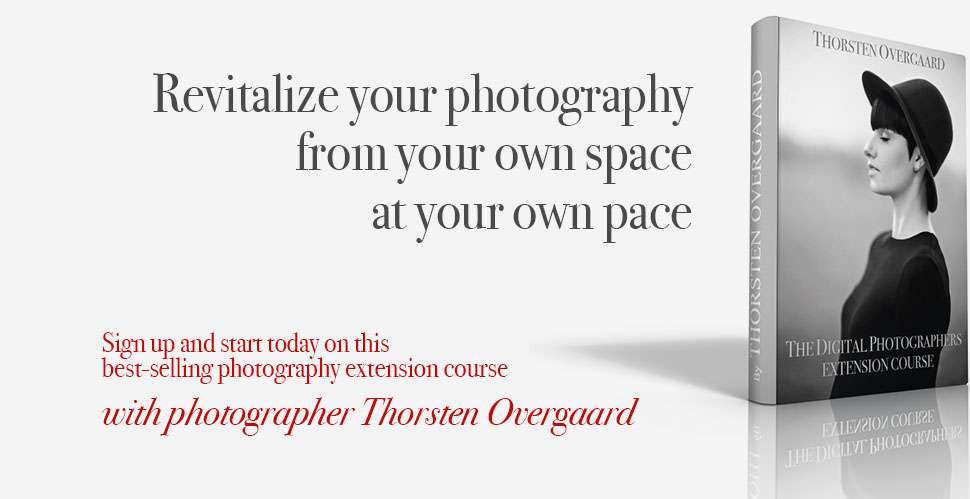

Thorsten Overgaard, February 22, 2015
![]()
